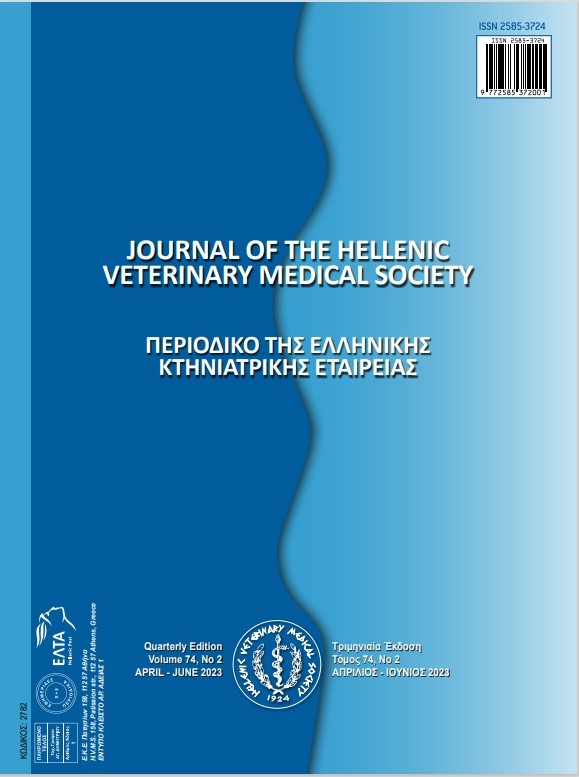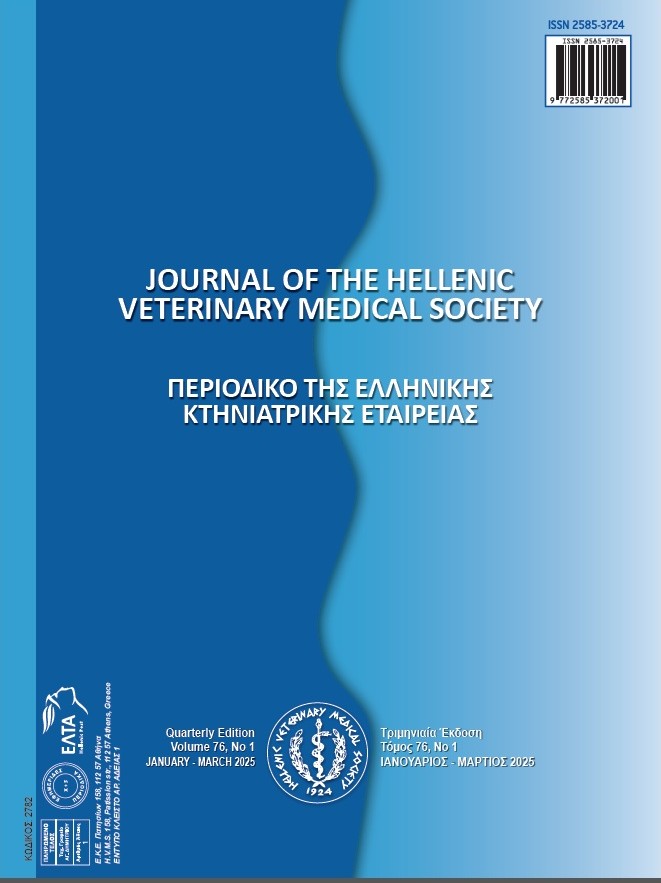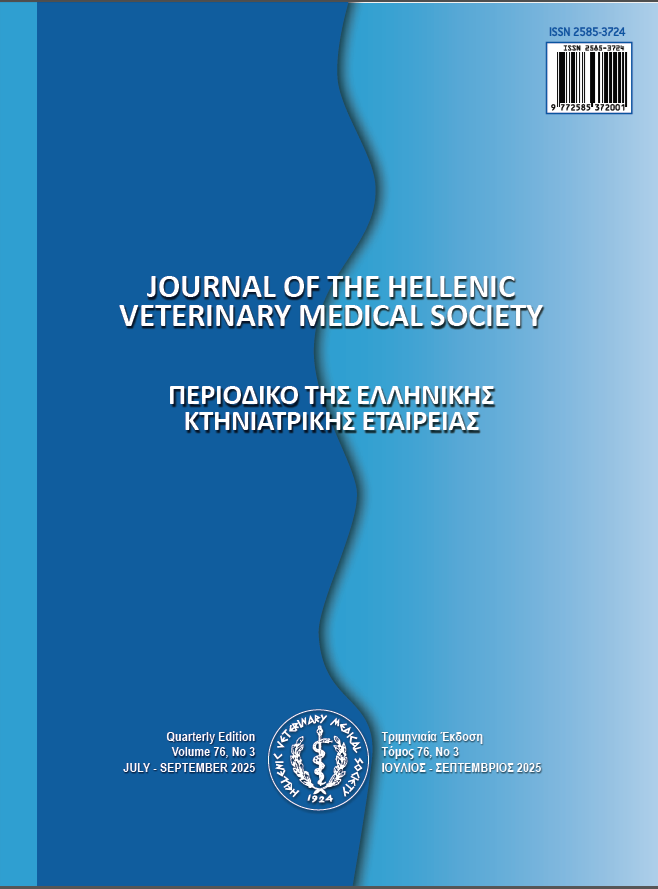Usability of Gazelle Form Beech Tree (Fagus Orientalis L.) leaves as an alternative roughage source in dairy cattle: using in vitro gas production method
Résumé
An evaluation was conducted to determine whether beech tree leaves can be used as an alternative forage source for dairy cattle in TMR rations and their anti-methanogenic properties. The TMR rations were altered by substituting 0, 25, 50, 75, and 100% of gazelle form beech leaf for dry meadow grass. As a result, significant differences were found between experimental groups in terms of estimated parameters, total gas, dry matter, organic matter, NDF, ADF, protein digestion values, TUFA, acetic, propionic, and butyric acid values (P<0.05). As a result of substituting beech leaves for the entire dry meadow grass, in vitro TDMD, MPP, MPSE, TDD values improved and decreased propionic and butyric acid levels. Using beech leaves as a roughage source reduced in vitro methane production numerically. Therefore, it was concluded that tree leaves in the form of gazelle can be used as a source of roughage in dairy cattle TMR instead of the whole dry meadow grass, and further studies are needed to clarify this issue.
Article Details
- Comment citer
-
Kaya , A. (Adem), Kaya , A. (Ali), Kaya , H., Macit , M., & Palangi, V. (2025). Usability of Gazelle Form Beech Tree (Fagus Orientalis L.) leaves as an alternative roughage source in dairy cattle: using in vitro gas production method. Journal of the Hellenic Veterinary Medical Society, 75(4), 8325–8334. https://doi.org/10.12681/jhvms.36990
- Numéro
- Vol. 75 No 4 (2024)
- Rubrique
- Research Articles

Ce travail est disponible sous licence Creative Commons Attribution - Pas d’Utilisation Commerciale 4.0 International.
Authors who publish with this journal agree to the following terms:
· Authors retain copyright and grant the journal right of first publication with the work simultaneously licensed under a Creative Commons Attribution Non-Commercial License that allows others to share the work with an acknowledgement of the work's authorship and initial publication in this journal.
· Authors are able to enter into separate, additional contractual arrangements for the non-exclusive distribution of the journal's published version of the work (e.g. post it to an institutional repository or publish it in a book), with an acknowledgement of its initial publication in this journal.
· Authors are permitted and encouraged to post their work online (preferably in institutional repositories or on their website) prior to and during the submission process, as it can lead to productive exchanges, as well as earlier and greater citation of published work.






